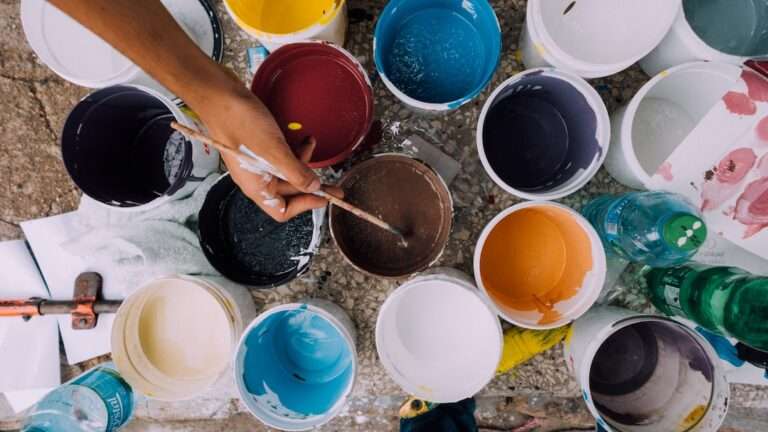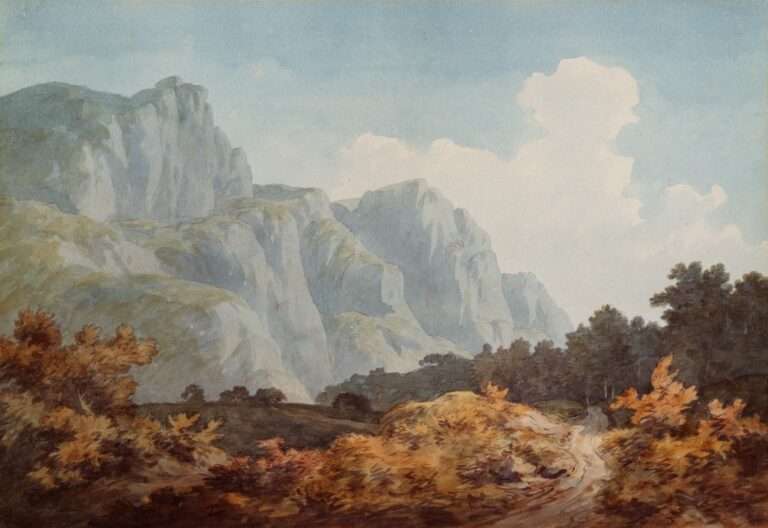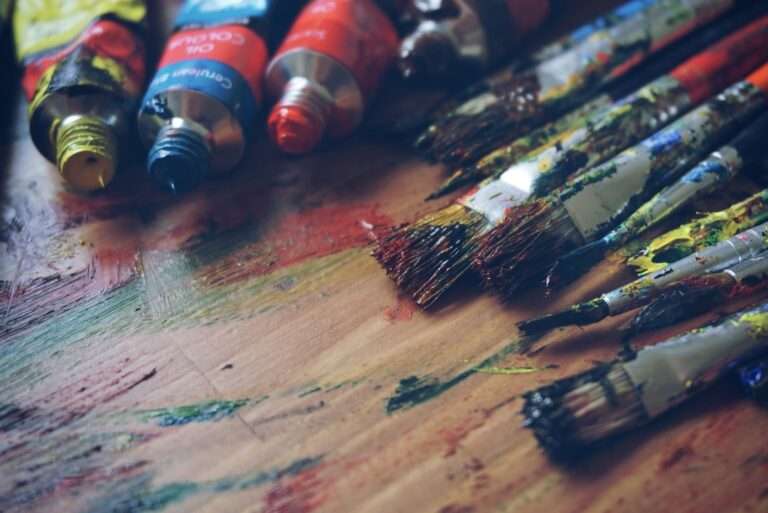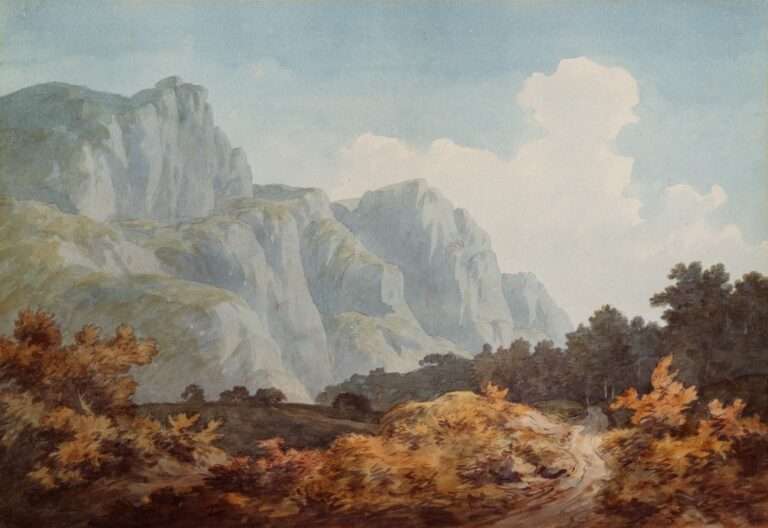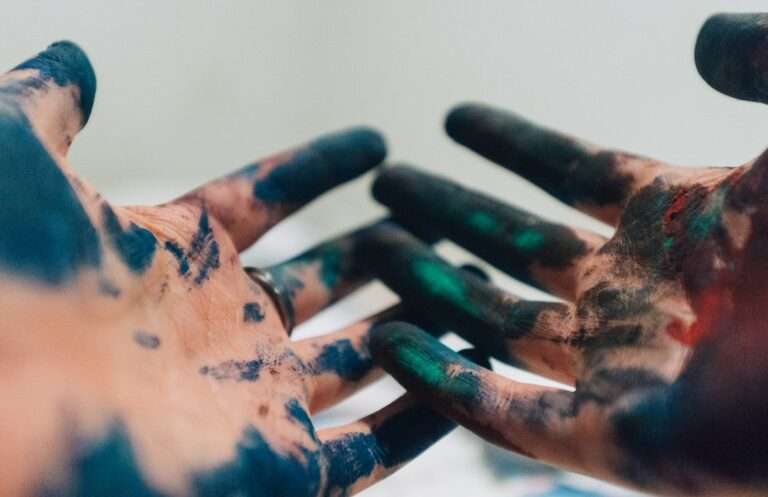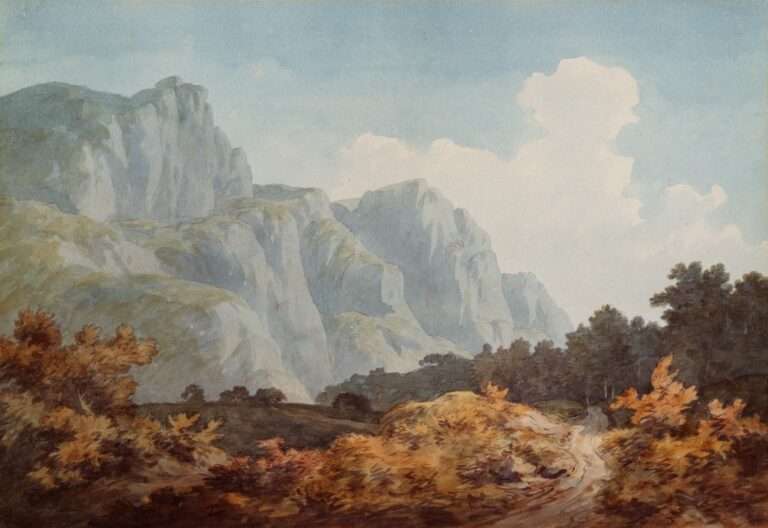Unraveling the Mysteries of Renaissance Art Symbolism
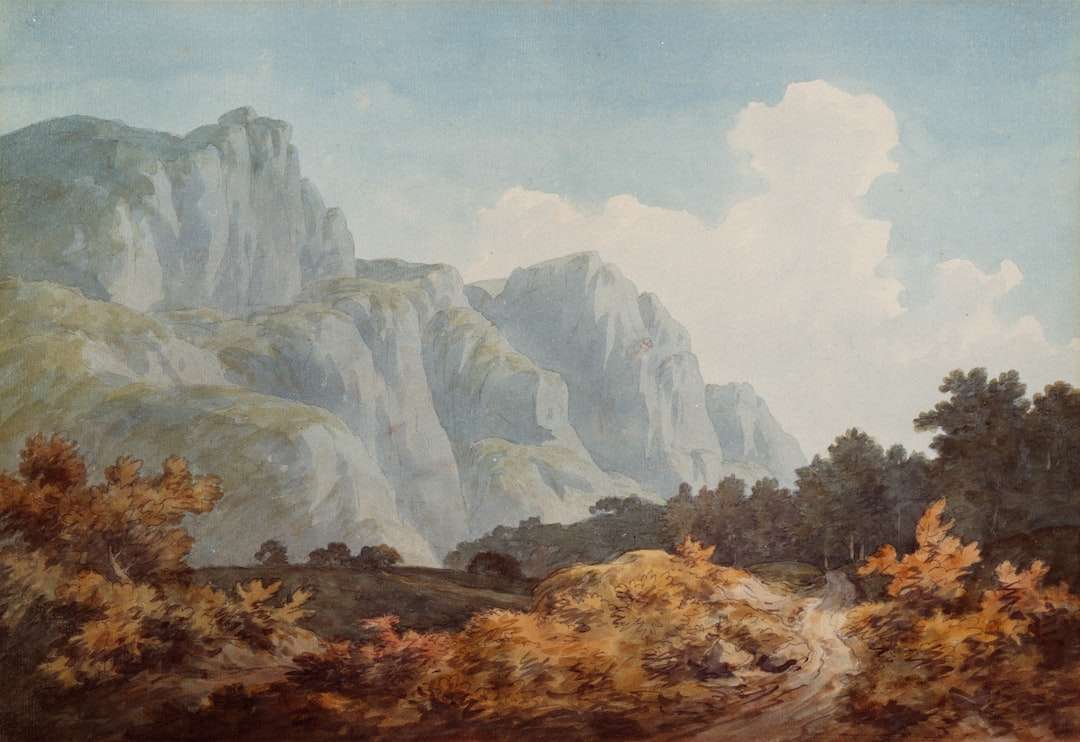
Renaissance art is known for its rich symbolism, with artists using various visual elements to convey deeper meanings and messages. Understanding the symbolism in art is crucial to fully appreciate and interpret the works of this period. Symbolism in Renaissance art allows us to delve into the minds of the artists, explore their beliefs, and gain insight into the cultural and historical context in which these works were created.
Understanding the Power of Visual Metaphors
Visual metaphors are powerful tools used by artists to convey complex ideas or emotions through visual representation. In Renaissance art, visual metaphors were often used to communicate religious or moral messages. For example, the use of light and darkness in paintings symbolized the struggle between good and evil, while the depiction of angels represented divine intervention or protection.
One famous example of visual metaphor in Renaissance art is Leonardo da Vinci’s “The Last Supper.” In this painting, da Vinci uses various visual elements to convey the emotions and relationships between the figures. The positioning of Jesus at the center of the composition, with his arms outstretched, symbolizes his sacrifice for humanity. The gestures and expressions of the disciples also convey their individual reactions to Jesus’ announcement of his impending betrayal.
The Role of Religion in Renaissance Art
Religion played a significant role in Renaissance art, as Christianity was a dominant force during this period. Artists often used religious symbolism to convey spiritual or moral messages. For example, the use of halos around the heads of saints or biblical figures represented their divine nature or holiness.
One notable example of religious symbolism in Renaissance art is Sandro Botticelli’s “The Birth of Venus.” In this painting, Venus, the Roman goddess of love and beauty, is depicted emerging from a seashell. This image is a metaphor for her birth from the sea foam, which symbolizes her purity and divine origin. The painting also incorporates Christian symbolism, with the figure of Zephyrus, the god of the west wind, blowing Venus towards the shore, representing the Holy Spirit guiding her.
The Influence of Mythology and Classical Literature
In addition to religious symbolism, Renaissance artists drew inspiration from Greek and Roman mythology and classical literature. These references allowed them to explore themes of heroism, love, and human nature. Artists often used mythological figures and stories as metaphors for human experiences and emotions.
One example of the use of mythology in Renaissance art is Botticelli’s “Primavera.” This painting depicts a group of mythological figures in a lush garden, symbolizing the arrival of spring. The figures represent various aspects of love and desire, with Venus at the center as the embodiment of beauty and fertility. The painting also incorporates elements from classical literature, such as the presence of Mercury, the messenger of the gods, who symbolizes the power of reason and intellect.
The Use of Color Symbolism in Renaissance Art
Color symbolism played a significant role in Renaissance art, with artists using different colors to convey specific meanings or emotions. For example, red was often associated with passion or love, while blue represented spirituality or divinity. Gold was used to symbolize wealth or power, while white represented purity or innocence.
One famous example of color symbolism in Renaissance art is Michelangelo’s “The Creation of Adam” on the ceiling of the Sistine Chapel. In this painting, God is depicted as a figure enveloped in a vibrant red cloak, symbolizing his divine power and authority. Adam, on the other hand, is depicted with a pale complexion, symbolizing his mortal nature and vulnerability.
The Significance of Animals and Plants in Renaissance Art

Animals and plants were often used as symbols in Renaissance art to convey specific meanings or attributes. For example, lions were often associated with strength or courage, while doves represented peace or purity. Plants such as roses symbolized love or beauty, while lilies represented purity or the Virgin Mary.
One example of animal symbolism in Renaissance art is Albrecht Dürer’s “Adam and Eve.” In this engraving, Dürer depicts a variety of animals surrounding Adam and Eve, each with its own symbolic meaning. The lion represents strength and courage, the rabbit represents fertility, and the elk represents nobility. These animals serve to emphasize the harmony and balance of the natural world before the fall of man.
Decoding the Hidden Meanings behind Famous Renaissance Paintings
Many famous Renaissance paintings contain hidden meanings and messages that can be deciphered through careful analysis. These hidden meanings often provide insight into the artist’s intentions or beliefs, as well as the cultural and historical context in which the work was created.
One example of a famous Renaissance painting with hidden meanings is Hieronymus Bosch’s “The Garden of Earthly Delights.” This triptych painting is filled with bizarre and fantastical imagery, which has puzzled art historians for centuries. The left panel depicts the creation of Adam and Eve, while the central panel shows a surreal landscape filled with strange creatures and sinful activities. The right panel depicts a hellish scene of punishment and torment. The painting is believed to be a moral warning against the dangers of indulgence and excess.
The Secret Messages in Renaissance Sculptures
Renaissance sculptures also contain hidden messages and symbolism that can be deciphered through careful observation. These hidden messages often provide insight into the artist’s intentions or beliefs, as well as the cultural and historical context in which the sculpture was created.
One example of a famous Renaissance sculpture with hidden messages is Michelangelo’s “David.” This iconic sculpture depicts the biblical hero David, who defeated the giant Goliath. The sculpture is not only a representation of physical strength but also a symbol of the Florentine Republic’s defiance against tyranny. The sculpture’s placement in front of the Palazzo Vecchio, the seat of government in Florence, was a deliberate political statement.
The Hidden Symbolism in Renaissance Architecture
Renaissance architecture is filled with hidden symbolism and messages that can be deciphered through careful observation. These hidden meanings often provide insight into the architect’s intentions or beliefs, as well as the cultural and historical context in which the building was constructed.
One example of Renaissance architecture with hidden symbolism is Filippo Brunelleschi’s dome of the Florence Cathedral. The dome is not only a remarkable engineering feat but also a symbol of civic pride and religious devotion. Its height and grandeur were intended to inspire awe and reverence in the viewer, while its octagonal shape symbolized the resurrection of Christ.
The Legacy of Renaissance Art Symbolism in Modern Art
The symbolism used in Renaissance art continues to influence and inspire artists today. Many modern artists draw upon the rich tradition of symbolism to convey deeper meanings or emotions in their works. The use of visual metaphors, religious symbolism, color symbolism, and animal/plant symbolism can be seen in contemporary art across various mediums.
One example of modern art influenced by Renaissance art symbolism is Salvador Dali’s “The Persistence of Memory.” This surrealist painting incorporates various symbols and metaphors to explore themes of time, memory, and mortality. The melting clocks represent the fluidity and impermanence of time, while the ants symbolize decay and death.
Understanding the symbolism in Renaissance art is crucial to fully appreciate and interpret these works. Symbolism allows us to delve into the minds of the artists, explore their beliefs, and gain insight into the cultural and historical context in which these works were created. The use of visual metaphors, religious symbolism, mythology references, color symbolism, animal/plant symbolism, hidden meanings in paintings, sculptures, and architecture all contribute to the rich tapestry of Renaissance art. The legacy of Renaissance art symbolism can still be seen in modern art, as artists continue to draw upon these traditions to convey deeper meanings and emotions in their works.
If you’re interested in exploring the fascinating world of symbolism in Renaissance art, you might also enjoy delving into the symbolism of the sun. The sun has long been a powerful symbol in various cultures and holds significant meaning in art. From representing life, vitality, and enlightenment to symbolizing power and divinity, the sun’s symbolism adds depth and layers to artistic masterpieces. To learn more about the symbolism of the sun, check out this insightful article on SymbolismHub.com.
FAQs
What is Renaissance Art Symbolism?
Renaissance Art Symbolism refers to the use of symbols in art during the Renaissance period, which lasted from the 14th to the 17th century in Europe. These symbols were used to convey deeper meanings and messages in the artwork.
What are some common symbols used in Renaissance Art?
Some common symbols used in Renaissance Art include the use of animals such as lions, which symbolized strength and courage, and birds such as doves, which symbolized peace and purity. Other symbols included flowers, which represented different virtues, and religious symbols such as the cross and the halo.
What was the purpose of using symbols in Renaissance Art?
The purpose of using symbols in Renaissance Art was to convey deeper meanings and messages in the artwork. These symbols were often used to represent religious or moral concepts, or to convey political or social messages.
Who were some famous Renaissance artists known for their use of symbolism?
Some famous Renaissance artists known for their use of symbolism include Leonardo da Vinci, who used symbols such as the Vitruvian Man to represent the ideal human form, and Sandro Botticelli, who used symbols such as the Birth of Venus to represent the beauty and purity of the human form.
How did Renaissance Art Symbolism influence art in later periods?
Renaissance Art Symbolism had a significant influence on art in later periods, particularly during the Baroque and Rococo periods. These later periods continued to use symbols in art to convey deeper meanings and messages, and often drew inspiration from the symbolism used in Renaissance Art.
